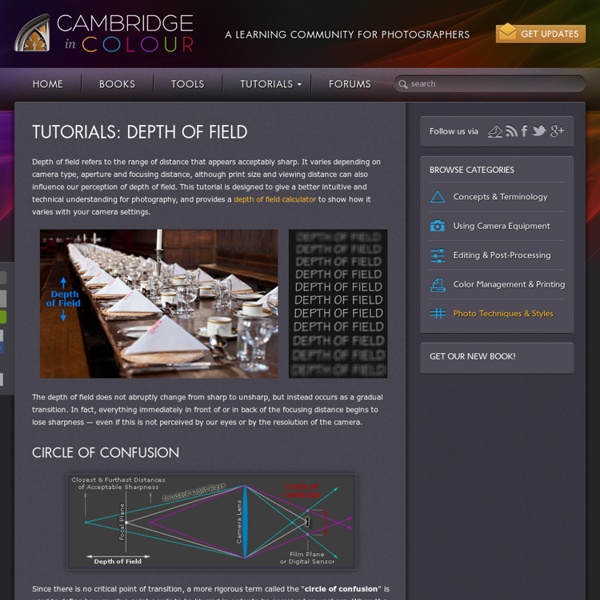How to Setup Canon 7D to take HDR shots / Bracketed Exposure
Ok so you have heard the word HDR, Bracketed Exposure and Auto Exposure Bracketing. But what do they mean and how can you use your Canon 7D to take these sorts of shots. Ok first things first what is HDR, Bracketed Exposure and Auto Exposure Bracketing. HDR stands for High Dynamic Range, and it is a technique in which you merge several shots together all with a different dynamic range or exposure. which let you create the HDR effect or final images, check out the excellent video tutorials by Just4Photographers.com on using Photosjop. One of my favourite HDR photographers has to be Trey Ratcliff I think his work is astounding. A fantastic E-Book I recently bought How to do Trick Photography by Evan Sharboneau is amazing, is really takes some of ym article concepts to a whole new level, adn I recommend downloading and giving it a read, you will not regret it. HDR (High Dynamic Range), Bracketed Exposure, Auto Exposure Bracketing on the Canon 7D So before we can create any HDR 1. a. c. 2. a. c.
Camera Lens Quality: MTF, Resolution & Contrast
Lens quality is more important now than ever, due to the ever-increasing number of megapixels found in today's digital cameras. Frequently, the resolution of your digital photos is actually limited by the camera's lens — and not by the resolution of the camera itself. However, deciphering MTF charts and comparing the resolution of different lenses can be a science unto itself. This tutorial gives an overview of the fundamental concepts and terms used for assessing lens quality. Everyone is likely to be familiar with the concept of image resolution, but unfortunately, too much emphasis is often placed on this single metric. To understand this, let's take a look at what happens to an image when it passes through a camera lens and is recorded at the camera's sensor. Example of line pairs which are smaller than the resolution of a camera lens. However, something that's probably less well understood is what happens to other, thicker lines. Canon 16-35mm f/2.8L II Lens(zoom set at 35mm)
Long Exposure Night Photography – Step By Step Guide | Night Photography by Adam Currie
One of the areas of photography that people get wrong is night photography, most people assume that you just use the flash and everything is fine, or that there is one group of settings for night photography. OK, this is fine for the odd snap shot of your friends or on a night out. But, if you want to get creative and make stunning images at night you’re going to have to do a lot more than just turn the flash on, when you have finished reading this you’ll be able to create images like this: In this article I am going to show you how to use a technique called Long Exposure. Say good bye to harsh lighting and dark backgrounds. Firstly, let’s pick a subject. Equipment Required The following list links to the equipment that I recommend and use. Now let’s get down to business. Setting Up Your Shot Switch your camera to manual. Now you have the camera focused you can proceed to compose the shot. Tip: Wide angles create a bigger impact than longer focal lengths. Setting The Correct Exposure
Camera Lens Explained | DX & FX Format Lenses from Nikon from Nikon
In digital SLR cameras, the camera's format refers to the size of its image sensor. Nikon makes a DX-format sensor and an FX-format sensor. The DX-format is the smaller sensor at 24x16mm; the larger FX-format sensor measures 36x24mm which is approximately the same size as 35mm film. Different NIKKOR lenses are designed to accommodate the different camera sensor sizes. In the case of DX cameras with their smaller sensors, corresponding DX lenses have been designed, which are optimized for use with the DX sensor. The DX sensor makes possible the production of lighter, smaller cameras, but because it covers a smaller portion of the image projected by the lens, a 1.5x crop factor (so called because the smaller sensor crops the image compared to an image from a 35mm film frame) is introduced.
The Camera Versus the Human Eye
This article started after I followed an online discussion about whether a 35mm or a 50mm lens on a full frame camera gives the equivalent field of view to normal human vision. This particular discussion immediately delved into the optical physics of the eye as a camera and lens — an understandable comparison since the eye consists of a front element (the cornea), an aperture ring (the iris and pupil), a lens, and a sensor (the retina). Despite all the impressive mathematics thrown back and forth regarding the optical physics of the eyeball, the discussion didn’t quite seem to make sense logically, so I did a lot of reading of my own on the topic. A photograph is the illusion of a literal description of how the camera ‘saw’ a piece of time and space. Photography is not about the thing photographed. Basically in doing all this research about how the human eye is like a camera, what I really learned is how human vision is not like a photograph. The Eye as a Camera System



